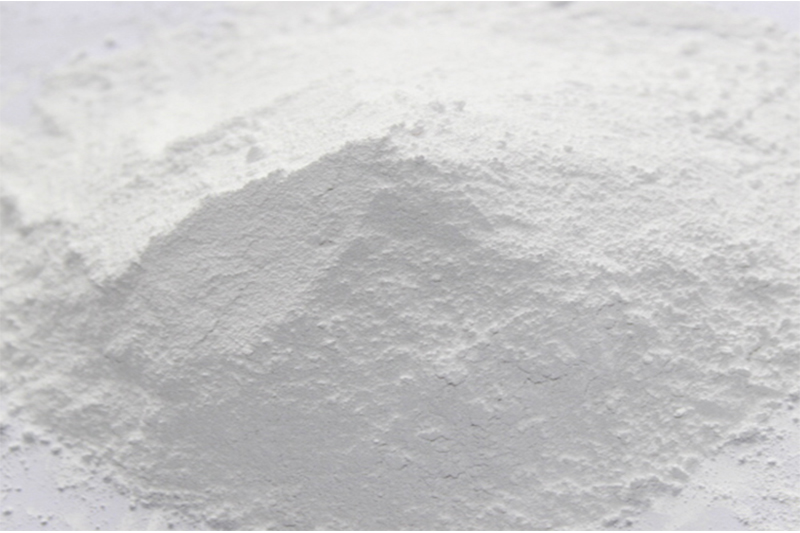
ธ.ค. . 27, 2024 03:52 Back to list
Exploring the Properties and Applications of Titanium Dioxide CAS 13463-67-7 in Industry
Understanding Titanium Dioxide (CAS 13463-67-7) Properties, Applications, and Environmental Impact
Titanium dioxide, a widely used compound with the chemical formula TiO2, is recognized by its CAS number 13463-67-7. This white, naturally occurring oxide of titanium is celebrated for its remarkable properties, making it an essential ingredient in various industries. In this article, we will explore the properties, applications, and environmental impact of titanium dioxide.
Properties of Titanium Dioxide
Titanium dioxide appears as a fine, white powder that is insoluble in water and most solvents. It has a high refractive index, which contributes to its brightness and opacity. These characteristics make it an invaluable pigment for a multitude of applications. Additionally, TiO2 can exist in several crystalline forms, including anatase, rutile, and brookite, with the rutile form being the most commonly used due to its stability and superior opacity.
One of the most significant properties of titanium dioxide is its photocatalytic ability. Under UV light, TiO2 can facilitate chemical reactions, which has led to its use in various environmental applications, such as air purification and water treatment. Its high resistance to UV radiation and weathering further enhances its practicality in outdoor products.
Applications of Titanium Dioxide
The applications of titanium dioxide are extensive and diverse. The most prominent use is in the pigment industry; TiO2 is widely utilized as a white pigment in paints, coatings, plastics, and paper. Its ability to scatter light effectively ensures bright and durable finishes. The coatings industry heavily relies on titanium dioxide for its durability and resistance to discoloration, making it a staple in exterior paints.
In addition to its role in pigments, titanium dioxide has found applications in the food industry. It is commonly used as a food additive, designated as E171, to enhance the whiteness and opacity of products ranging from candies to dairy items. However, its safety as a food additive has been a subject of regulatory scrutiny, particularly in the European Union, which has moved to ban its use in food products due to potential health concerns.
china dioxide titanium cas 13463-67-7

Beyond the food and pigment industries, titanium dioxide plays a crucial role in the cosmetics sector. It is frequently found in sunscreens, where it acts as a physical block against UV rays, providing effective protection for the skin. Additionally, it is used in various personal care products to enhance texture and visual appeal.
Titanium dioxide is also indispensable in the realm of energy and environmental technologies. Its photocatalytic properties are leveraged in self-cleaning surfaces, where it reacts with sunlight to break down organic pollutants and contaminants. Moreover, TiO2 is being explored for its potential in solar cell technology, contributing to the development of more efficient energy conversion systems.
Environmental Impact and Safety Concerns
Despite its advantageous properties and widespread applications, titanium dioxide has come under scrutiny for its environmental and health impacts. The concern arises primarily from its nanoparticles, which can be released into ecosystems during production and disposal processes. There is ongoing research to evaluate the effects of TiO2 nanoparticles on marine life and ecosystems, as their long-term impact remains unclear.
Moreover, inhalation of titanium dioxide dust during manufacturing and processing poses health risks to workers. The International Agency for Research on Cancer (IARC) has classified titanium dioxide as a possible human carcinogen when inhaled in high concentrations, prompting stricter regulations in workplaces handling this compound.
Conclusion
Titanium dioxide (CAS 13463-67-7) is a versatile compound with a multitude of applications, ranging from pigments to environmental technologies. Its unique properties make it an essential component in various industries. However, as the world moves towards sustainability and enhanced safety standards, it is crucial to address the environmental and health concerns associated with titanium dioxide. Ongoing research and regulation will play pivotal roles in ensuring that the benefits of titanium dioxide can be harnessed responsibly and sustainably, fostering innovation while protecting human health and the environment.
-
China Lithopone in China Supplier – High Quality Lithopone ZnS 30% Powder for Wholesale
NewsJun.10,2025
-
Top China Titanium Dioxide Company – Premium TiO2 Powder Supplier & Manufacturer
NewsJun.10,2025
-
Fast Shipping 99% Pure TiO2 Powder CAS 13463-67-7 Bulk Wholesale
NewsJun.10,2025
-
Top China Titanium Dioxide Manufacturers High-Purity R996 & Anatase
NewsJun.10,2025
-
Lithopone MSDS Factories - Production & Quotes
NewsJun.10,2025
-
High-Quality Titanium Dioxide in Water Suppliers - China Expertise 60
NewsJun.09,2025
